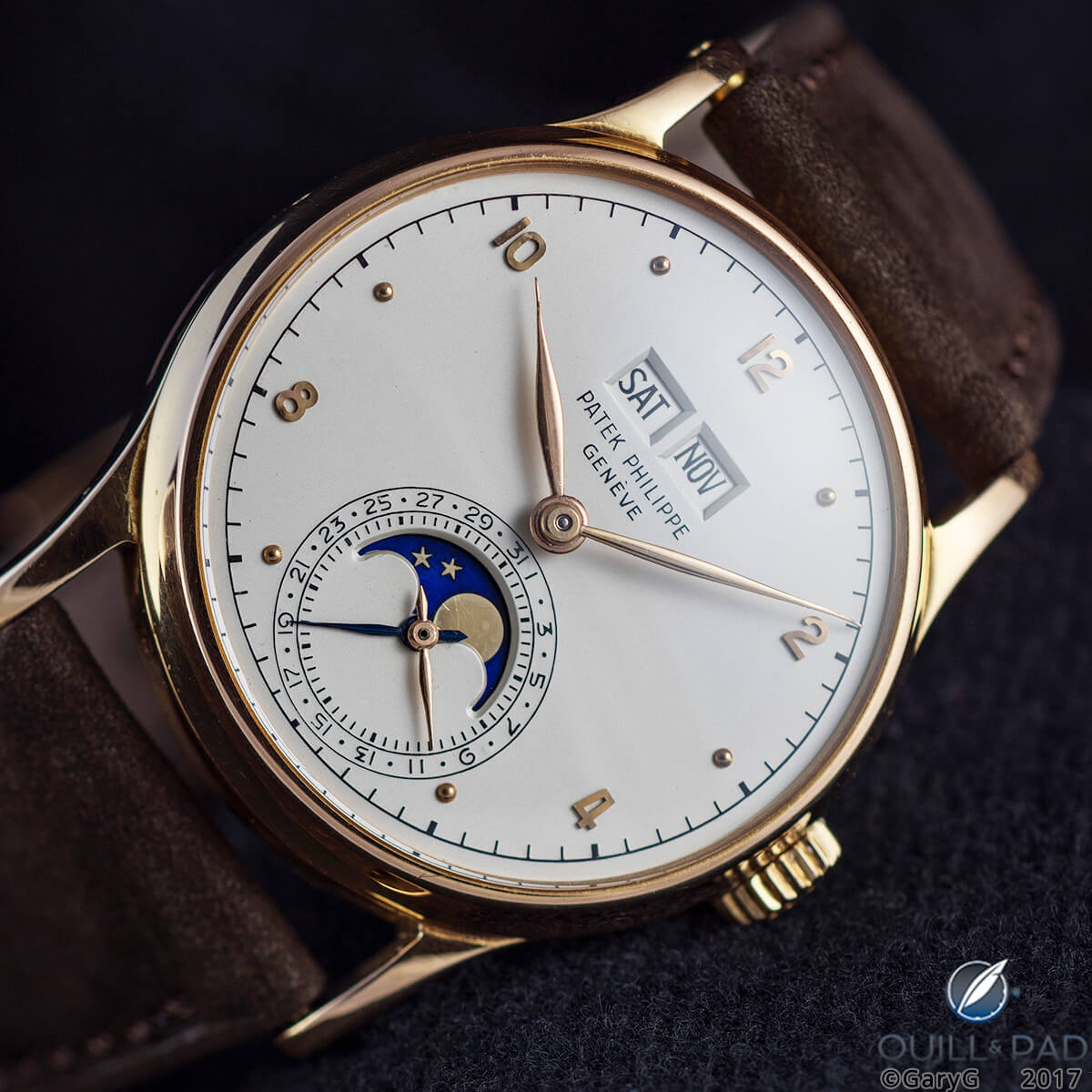How I Bid: One Collector's Approach To Buying At Watch Auctions – Reprise

From Hong Kong to New York to Geneva, eager bidders generally have the opportunity to bid to their hearts' content on a large variety of contemporary and vintage timepieces; sellers will collect cash they can put into other watches or invest elsewhere; and auction houses will generate tidy commissions to finance their operations and, I suspect, pay for a few nice holiday gifts It stands to reason the approach taken by a win-at-any-cost buyer with deep pockets who calls out "One hundred!" when the next bidding level is fifty is, and should be, different from that of the bargain seeker who keeps as low a profile as possible and enters the fray with a single bid just as the initial wave of enthusiasm in the room has ebbed A list of the few bid increments leading up to my top bid level.
You can see a mocked-up example of this approach in the photo below for a watch that I don't plan to bid on at Sotheby's upcoming Hong Kong auction In this hypothetical example, I'd be pleased to go home with the watch at an all-in auction price of $64,000, which corresponds to a bid of HKD 400,000 - within the estimated price range for the watch Auctioneers have latitude to take bids that are not on the published increments, and there have been many occasions on which I've been wrong-footed and seen someone else go home with "My" watch, having been at the correct spot in the cadence to bid my targeted top price.
If you can't be there in person and can't bid on the phone or Internet, there's always the absentee bid process that allows you to place a maximum bid amount in advance. . Source